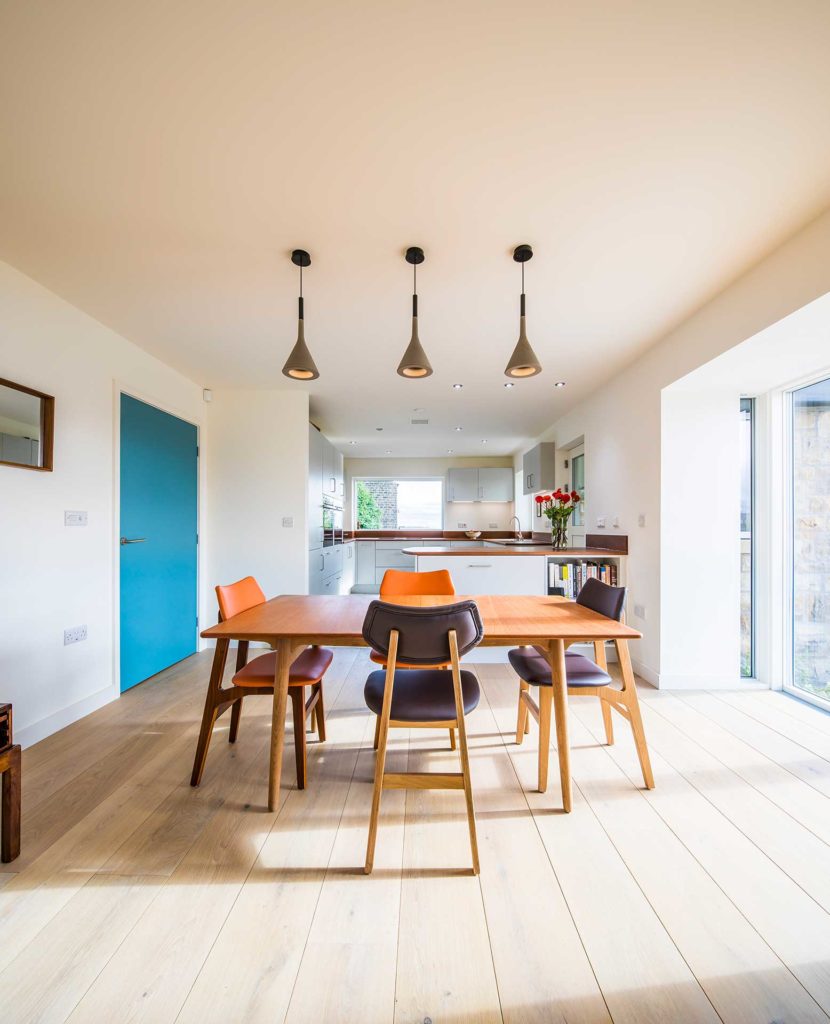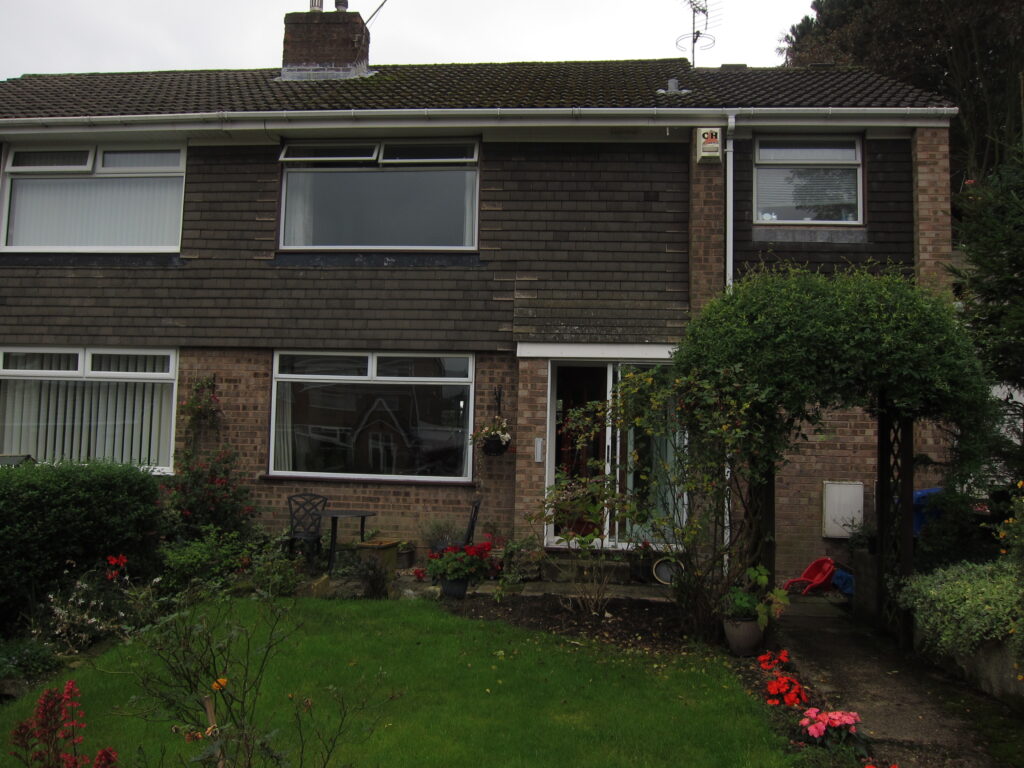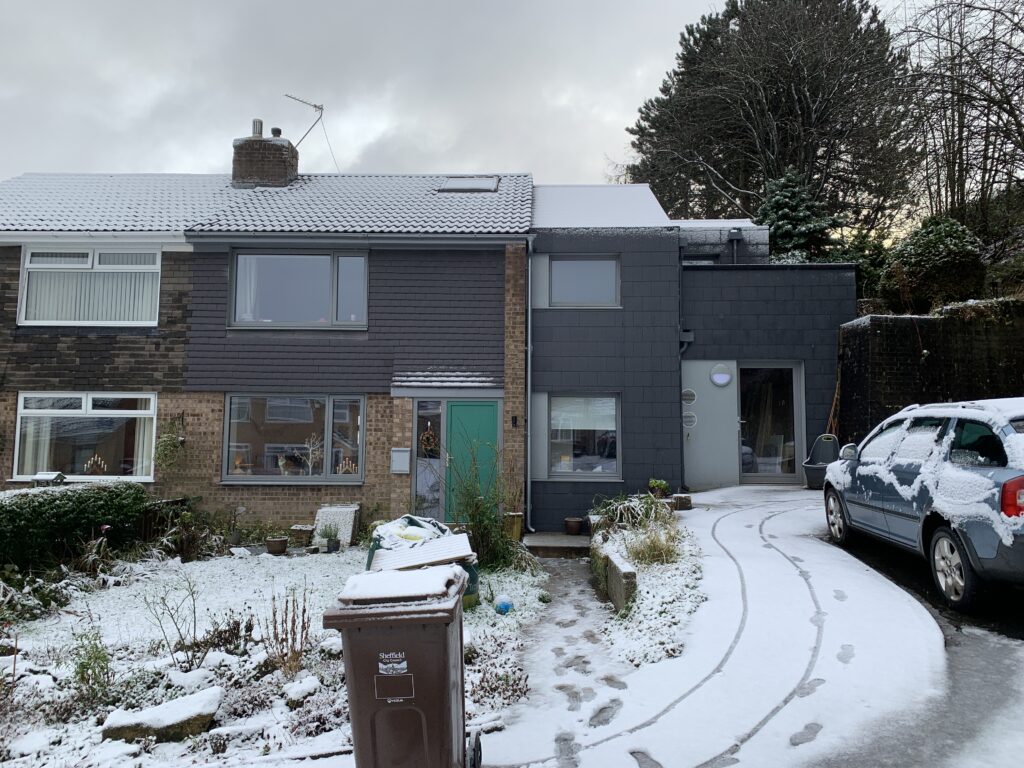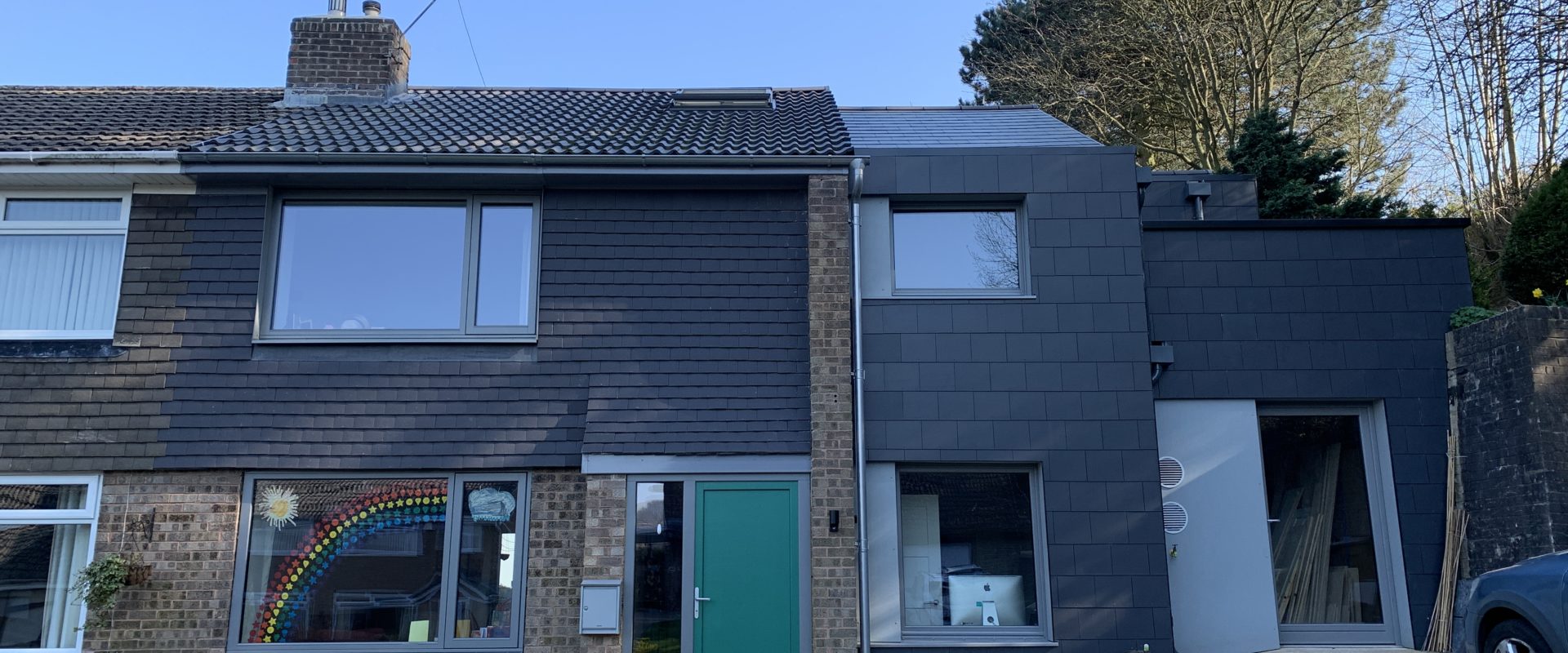Do you love where you live? The location, the neighbours? But what about your home?
Do you have frustrations with your property? Is it in need of improvements? Do you want to make it more energy efficient, comfortable and healthier.?
If this is you, then you might begin to think about taking on a retrofit project. Retrofit is a form of renovation, typically undertaken to reduce energy consumption. As such, retrofit involves a significant improvement in the thermal performance and comfort of your home.
Passivhaus sets the bar for the most energy efficient new build homes. Enerphit does the same for existing homes, making them ultra low energy, comfortable and healthy to live in.
What is EnerPHit?
The Passivhaus Trust say that EnerPHit is a “Quality-Approved Energy Retrofit with Passive House Components” and that the aim is to “create a standard for an economically and ecologically optimal energy retrofit, for old buildings that cannot achieve Passive House Standard with reasonable effort.”
The EnerPHit standard recognises that the Passivhaus standard is unrealistic and sets the required performance at a lower level to accommodate working with existing buildings.
In other words, EnerPHit is the gold standard for upgrading your home in an sustainable way. Giving it a makeover that not only benefits the planet but makes it more comfortable and cost-effective for you. Retrofitting homes using the EnerPHit standard, can make a significant contribution to achieving net zero.
To achieve EnerPHit you must:
- Have a space heating and cooling demand of 25kWh/m2/year (compared to the Passivhaus standard of 15kWh/m2/year).
- Instead of an airtightness performance of 0.6 air changes per hour you need to achieve 1.0 (the Building Regs for new homes require between 5 and 15 according to the Chartered Institution of Building Services Engineers).
This might use more energy to achieve the same comfort levels as the Passivhaus standard, but it’s a huge improvement in most existing homes and even new builds.
How to acheive EnerPHit in your home
Retrofitting to achieve EnerPHit is not easy, it’s a tough standard to achieve. The thermal and airtightness strategies are likely to be more complex and more difficult on-site than with a new build. You may have to balance the pros and cons of internal or external insulation, and potential moisture issues that come from changing the building fabric too. More so than ever, it demands a skilled and informed design team.
That said, perhaps the ultimate benefit of aiming for the EnerPHit standard and full EnerPHit certification is the rigour and quality assurance it demands. Following the criteria ensures that the retrofit works are completed in the way they are designed. Where the airtightness performance is achieved and that there are no mistakes along the way.
When carrying out an EnerPHit, there will be a list of measures required in order to meet the standard. These will involve:
- High levels of insulation — either internal or external, although internal needs more care in terms of moisture risk.
- High-performance triple-glazed windows and external doors.
- Careful consideration of window installation.
- An airtightness result of 1.0. air changes per hour (ACH)
- A mechanical ventilation with heat recovery (MVHR) system.
“As the standard you’re working to is a recognised benchmark, the process is exactly the same as working towards Passivhaus certification. To meet these requirements, the project must be designed using the PHPP and certified by an accredited Passivhaus certifier.”
Paul Testa, Director
How much does it cost?
The cost of an EnerPHit retrofit project will vary. The more complex an existing house is, the more complex the retrofit will be. It is wise to budget around £1,000-£1,500/m2 for deep retrofit/EnerPHit. Don’t forget the VAT as you’re dealing with an existing building.
The big costs are in labour. Installing insulation and ensuring airtightness should be done with care and it can be time-consuming.

When to carry out an EnerPHit


An EnerPHit retrofit doesn’t have to be done all at once. But it does makes the most sense when you’re already considering renovating or remodelling your house.
The economic argument for improving the performance of the roof when it needs replacing, or installing triple glazing rather than double-glazed windows when they need changing, is a much easier one to justify and often the numbers stack up.
The key thing is to have a whole house retrofit strategy from the beginning so that each measure works together in the long-term, giving you the end result of a high-performing home.
If you’re considering an extension, this may not be the time for you to undertake a retrofit. But it would be frustrating to find that your extension has created a barrier to a more in-depth retrofit in a few years’ time.
If you’re already considering renovation or repair works to your home, now could be the time for an EnerPHit retrofit.
You can find out more about EnerPHit on the Passivhaus Trust website.
Green Building Store also have a useful article on a step-by-step approach to retrofit.
Want to create your own low energy home?
Get in contact with us and get expert advice on how to start your retrofit journey.
This blog has excerpts taken from this article from Homebuilding & Renovating magazine written by Director Paul Testa.
